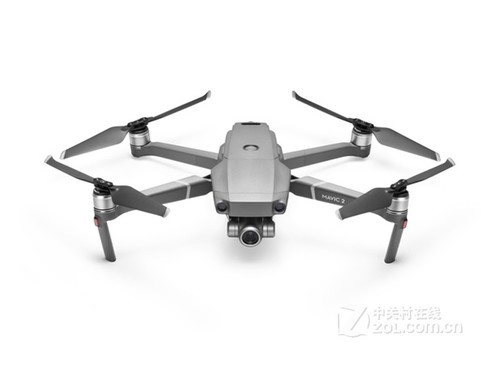Lessons From the Hive
Bees are renowned for their systematic approach to tasks and their profoundly organized communities. The drone and bee dynamic, within the context of insects, refers to the male bees whose primary role is to mate with the queen. However, it can also spark technical innovation within human-engineered drones. Observing the hive’s communication methods, such as the waggle dance, scientists have replicated this networking in drone fleets, facilitating improved data sharing and coordination amongst drones.
Swarming Intelligence
The concept of swarming, observed in bees, involves complex collective behavior emerging from simple agents. Similarly, swarming algorithms have been developed for drones, enabling them to act in unison—a methodology that enhances coverage and problem-solving capabilities in applications like search and rescue operations. Swarming intelligence allows drones to efficiently map areas, identify targets, or cover large expanses with precision and minimal human intervention.
Mimicking Physical Attributes
Beyond behavioral strategies, physical traits of bees offer intriguing insights. Their aerodynamic bodies and wing structures have been instrumental in developing drones that mimic such traits for enhanced flight stability and energy efficiency. Researchers are continuously exploring lightweight materials and flexible wing designs inspired by bees, striving to optimize flight performance and extend battery life.
Advanced Navigation Systems
Another critical area influenced by bee behavior is navigation. Bees possess acute navigational skills, relying heavily on landmarks and solar positioning. Integrated into drones, these principles have fostered advanced navigational systems, propelling autonomous flight technologies. Drones are now capable of sophisticated pathfinding, even in complex environments, thereby expanding their utility in diverse fields.
Applications Across Industries
The drone and bee analogy is not merely theoretical—it presents practical benefits across industry sectors. In agriculture, swarming drones can mimic the pollination behaviors of bees, monitoring crops efficiently and ensuring optimal yield. Logistics companies utilize coordinated drone fleets for delivery, enhancing timeliness and reaching remote locations inaccessible by land vehicles.
Optimizing Energy Consumption
Energy efficiency remains a priority. Key advancements include drones that imitate the energy dynamics of bee flight, focusing on short bursts of energy expenditure followed by natural gliding. This approach not only improves flight duration but also reduces the environmental impact.

The Future of Drone Innovation
The intersection of drone technology and bee behavior signifies a promising future. As researchers continue to decode the complexities of bees, the scope for enhancements in drone technology is vast. This includes miniaturization, improved AI algorithms, and multi-functional drone capabilities.
FAQs About Drone and Bee Technology Inspirations
- How do bees communicate, and how does this benefit drone technology?
Bees use a “waggle dance” to communicate resources among the hive, a form of networking mirrored in drones for efficient task collaboration.
- What is swarming intelligence in drones?
Swarming allows drones to operate collectively, inspired by bee swarms, improving efficiency and coordination for complex tasks like search and rescue.
- Are there environment-related benefits from these innovations?
Indeed, mimicking bee energy efficiency leads to reduced carbon footprints while enhancing drone sustainability.